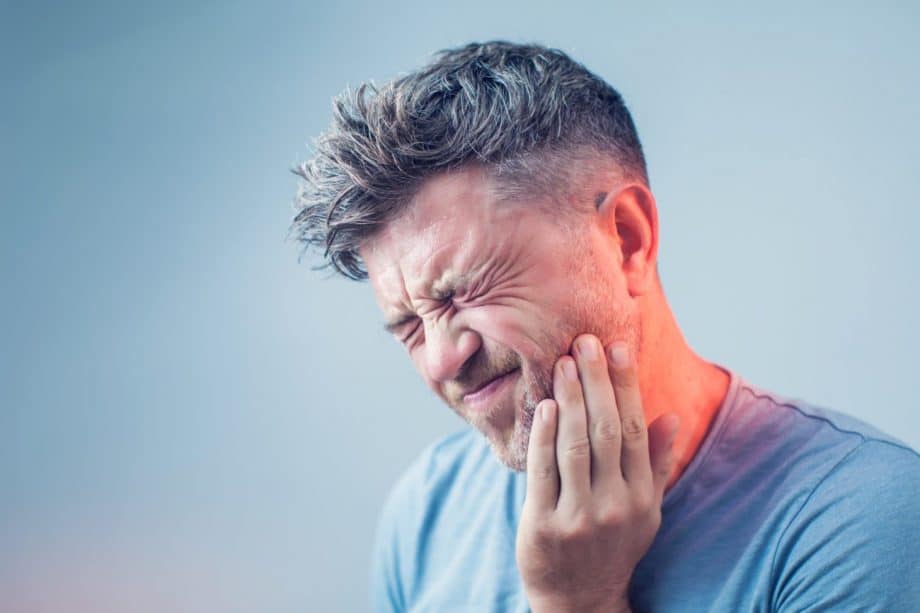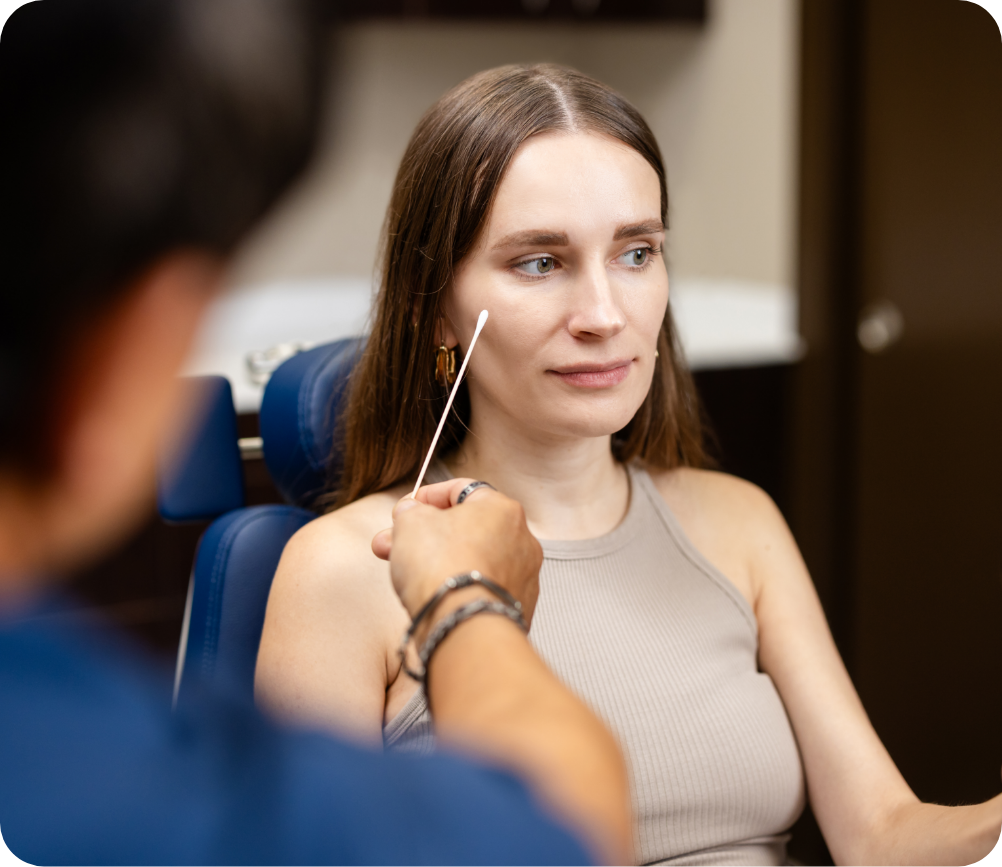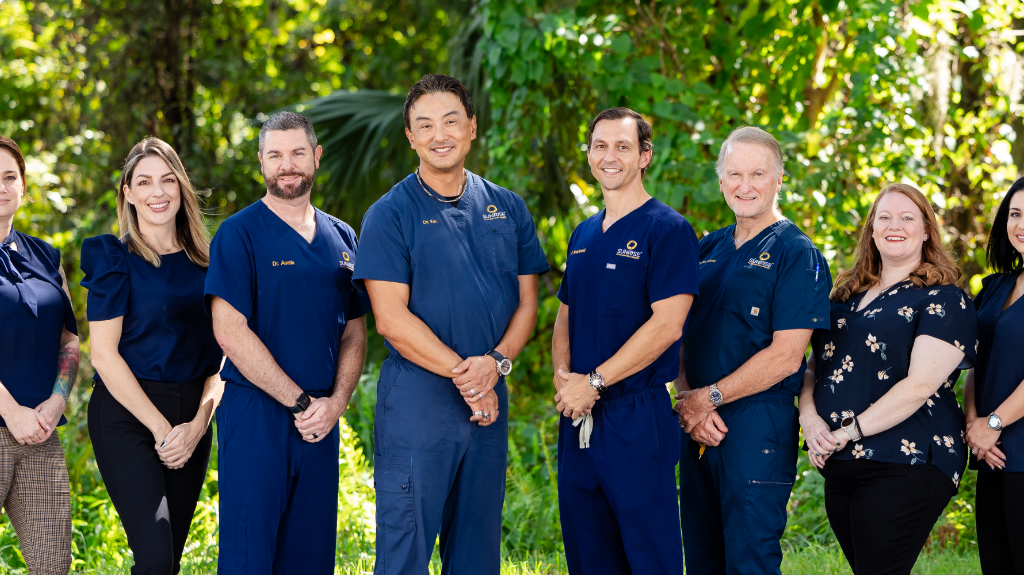This Article Has Been Medically Approved By


TMJ Therapy in Melbourne
Temporomandibular joint disorder (i.e., TMJ or TMD) can be difficult to treat. This painful jaw condition does not always respond to the non-invasive treatments that are available, or the lifestyle changes an individual makes to reduce the onset of symptoms. When these potential solutions fail, surgical intervention for TMJ is the only option that remains.
What Causes TMJ/TMD?
According to American Association of Oral and Maxillofacial Surgeons, more than three million people in the U.S. are diagnosed with TMJ every year. Unfortunately, many TMJ sufferers do not recognize that they have this disorder until the symptoms become extremely uncomfortable. Knowing the factors that contribute to TMJ may help you determine early on if the symptoms you are experiencing could be due to this disorder.
Factors That Contribute to TMJ include:
- An injury occurs to the lower jaw or facial region.
- TMJ cartilage is damaged through arthritis, dislocation or erosion.
- Connective tissue diseases affect bony or soft tissues.
- Chronic grinding or clenching of teeth leads to disk damage.
- There is misalignment of the teeth or jaw.
- Inflammation of the muscles surrounding the TMJ.
What Are The Symptoms of Temporomandibular Joint Disorder?
If you feel a clicking sensation as you chew, or you experience a persistent soreness around your temporomandibular joint, you may have TMJ.
Common symptoms associated with TMJ include:
- Discomfort while speaking or chewing
- Pain around the joint
- Popping noises or crackling sounds when you move your jaw
- Sensitivity around your mouth, shoulders, ear, or neck
- Frequent ringing in your ears or headaches
- Muscle spasms that run along your jaw
- Photophobia (light sensitivity)
- A feeling of pressure or fullness in your ears
One of the more severe symptoms associated with TMJ is lockjaw. Lockjaw occurs when the jaw joint becomes stuck in an open or closed position. Sometimes, surgery is required to restore proper joint function.
Treatment Options
Non-invasive treatments for TMJ are tried first. These treatments include ice packs, splints, rest, ultrasound treatments, steroid injections, massage, physical therapy, relaxation techniques, antidepressant medication, and muscle relaxers. In addition, over-the-counter pain relievers and anti-inflammatory (e.g., ibuprofen, acetaminophen, etc.) medications may help decrease the pain associated with TMJ. Lifestyle changes can also help reduce the symptoms of TMJ.
Recommended Lifestyle changes to reduce the symptoms of TMJ:
- Try to eat soft foods
- Stop chewing gum
- Cut your food into small pieces
- Do not grind or clench your teeth
- Randomly stretch your jaw throughout the day
- Manage your stress
- Avoid activities that put a strain on your neck and head muscles
Other times, to correct the way the teeth fit together, orthodontics and bite adjustment treatments may be recommended. If these treatments do not provide the patient with adequate relief, the possibility of surgical intervention will be explored.
Treating TMJ with Oral Surgery
If non-invasive treatments fail, oral surgery may be necessary. Some of the oral surgery procedures used to treat TMJ include:
- Arthrocentesis — during this procedure, a small needle is inserted into the temporomandibular joint and fluid is added to the area. This fluid provides lubrication to the joint, which reduces friction. In addition, this fluid can help get rid of anything inside the joint that could be causing it to become inflamed.
- TMJ Arthroscopy — for some, arthroscopic surgery is as effective for treating TMD as open-joint surgery is. During this surgery, a small, thin tube is placed within the joint space. Then, an arthroscope and tiny surgical instruments are inserted inside. This procedure has fewer complications and risks than open-joint surgery does; however, it also has some limitations.
- Modified Condylotomy — this procedure addresses TMJ indirectly. Surgery is performed on the mandible, not on the joint. This surgery may be helpful for individuals who are experiencing lockjaw as well as for those experiencing pain.
- Joint Replacement — this is an invasive procedure that may involve the removal of diseased bone, reshaping of the ball located inside the joint or the use of prosthetics to replace parts of the jaw. To allow time for healing, the jaw needs to be wired shut for a certain length of time. Recovery can take a month (or longer). Most patients who undergo this procedure have food restrictions for the rest of their life.
If you are experiencing symptoms associated with TMJ, or if you have already been diagnosed with this disorder, contact Sunrise Facial and Oral Surgery today. Let us help reduce the symptoms you are experiencing and then work towards finding a long-term solution for your TMD. We have two offices, one in Melbourne, Florida, and the other is in Rockledge, Florida.



